Do you have a question about the Cisco 4948 Series and is the answer not in the manual?
| Rack Units | 1U |
|---|---|
| Model | Cisco Catalyst 4948 |
| Ports | 48 |
| Uplink Ports | 4 x 10 Gigabit Ethernet |
| Layer Support | Layer 2 |
| MAC Address Table Size | 32000 entries |
| Jumbo Frame Support | 9216 bytes |
| Routing Protocol | RIP, OSPF, BGP, EIGRP, HSRP, VRRP |
| Remote Management Protocol | SNMP, Telnet, SSH, HTTP, HTTPS |
| Authentication Method | RADIUS, TACACS+ |
| Features | Quality of Service (QoS), Access Control Lists (ACLs), VLAN support, Port Security, DHCP Snooping |
| Compliant Standards | IEEE 802.3, IEEE 802.3u, IEEE 802.3z, IEEE 802.3ab, IEEE 802.3x |
| Weight | 7.7 kg |
| Operating Temperature | 0 °C to 40 °C |
| Operating Humidity | 10% to 85% non-condensing |
Details the Cisco Catalyst 4948 as a wire-speed, low-latency, Layer 2-4 switch for rack-optimized server switching.
Highlights wire-speed performance, reliability, and serviceability of the switch.
Details switching fabric, forwarding rates, latency, and capacity metrics for the switch.
Lists Layer 2 protocols and features supported, including VLANs, STP, and EtherChannel.
Encompasses Layer 3 routing protocols, IP multicast, VRF-lite, and IPv6 support.
Covers per-port QoS, queuing, classification, marking, and policing features.
Details performance metrics like switching fabric, forwarding rates, and MAC address support.
Describes management tools, SNMP, CLI, RMON, SPAN, and DHCP client features.
Details security mechanisms like NAC, 802.1x, ACLs, SSH, SCP, and port security.
Covers packet buffering, CPU speed, memory, and RAM specifications.
Lists various MIBs and management solutions like CiscoWorks and CiscoView.
Details supported industry standards for Ethernet, VLANs, Spanning Tree, and EtherChannel.
Describes fan, power supply, system status indicators, and console/SFP port types.
Lists the various Small Form-Factor Pluggable (SFP) transceivers supported by the switch.
Details AC and DC power supply options and their specifications.
Provides switch dimensions and minimum software requirements for operation.
Specifies operating and storage temperature, humidity, and altitude limits.
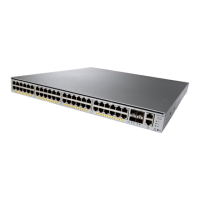

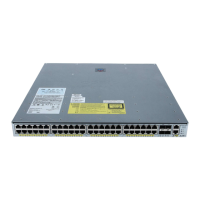

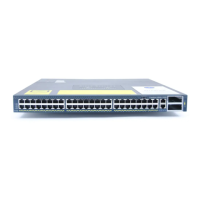
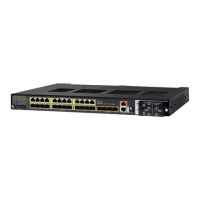



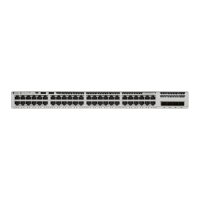


